Ellen Galusha Smith, Part II: The Forgotten Playwright of the New Hamlet
In April 2025, we celebrated Ellen “Nellie” Galusha Smith (1849–1922) as a passionate artist and advocate for women’s education and civic leadership. But Ellen’s creative influence extended even further—into the world of literature, where she authored one of the most extraordinary and misunderstood plays of the early 20th century.
That play was The New Hamlet, published in 1902 under the byline “Wm. Hawley Smith and The Smith Family.” For decades, this was assumed to mean her husband, the well-known educator and lecturer, was the primary author. He wasn’t.
Thanks to the scholarly work of Dr. Jonathan Burton (Whittier College), we now know that The New Hamlet was conceived and written by Ellen Galusha Smith—most likely in collaboration with her daughters, Charlotte and Margaret. In a careful study of the original publication, surviving correspondence, and internal evidence from the script, Burton untangles the confusion created by the vague author credit. He shows that while Hawley’s name was attached for credibility or recognition, the language, ideas, and feminist satire within the play unmistakably reflect Ellen’s voice and values.
A Shakespeare Remix with a Feminist Twist
The New Hamlet isn’t your typical Shakespeare adaptation. It’s a bold, funny, and surprisingly modern mashup of Hamlet and Romeo and Juliet—reimagined by women, with women at the center. Here, Queen Gertrude is no longer a passive or guilt-ridden figure. She’s sharp, confident, and very much in charge of her son’s future. Lady Montague, meanwhile, is recast as a no-nonsense clubwoman who rolls her eyes at Romeo’s overblown romantic speeches.
And Ophelia and Juliet? They’re not doomed love interests. In this version, they’re smart, assertive, and more than a match for the men around them.
The play gently pokes fun at the brooding self-importance of Shakespeare’s heroes while spotlighting women’s voices—especially mothers’. Gertrude and Lady Montague take the reins, call out the guys’ moody nonsense, and steer both stories toward a smarter, happier ending. When Hamlet opens with “To do, or not to do, that is the question,” he’s not pondering the meaning of life—he’s setting the tone for a world where women get things done.
A Peoria Story—Written at “The Thicket”
The play was written and bound at “The Thicket,” the Smith family home at 108 W. Corrington Avenue in Peoria. Ellen had turned the house into a haven for arts, literature, and progressive ideas—surrounded by the elaborate gardens her father, noted horticulturalist Orson Galusha, had designed. The printed edition of The New Hamlet featured a charming Arts and Crafts-style fence-board binding and was printed for private distribution. Only a few copies survive today.
While we do not yet know whether The New Hamlet was ever performed at the Peoria Women’s Club, the play reflects the very spirit that animated the Club’s founding departments. Ellen’s Gertrude is a clubwoman in her own right—a forward-thinking leader who balances family, intellect, and civic duty. In this way, the play serves as both satire and manifesto, capturing the tension between Victorian ideals of womanhood and the emerging vision of the “New Woman” in the 20th century.
Why It Matters
Burton’s research, which builds on the discovery of student Rachel Smiley (University of Wisconsin–Madison), restores Ellen Galusha Smith and her daughters to their rightful place in literary history. It also challenges us to reconsider the patterns that have long erased or obscured women’s authorship—especially when their names appeared beside more prominent men.
In The New Hamlet, Ellen and her daughters did more than rewrite Shakespeare—they reclaimed him. They transformed tragedy into comedy, passivity into purpose, and gave new power to women’s voices—just as the rake theater on the second floor of the 1893 PWC clubhouse was designed to do.
As we prepare to celebrate the 140th anniversary of the Peoria Women’s Club next year, The New Hamlet reminds us that our legacy is not only one of preservation, but of rediscovery. Ellen Galusha Smith was not just a founding member of the Peoria Women's Club. She was a woman decades ahead of her time.
Where to Learn More
Read the full article by Rachel Smiley:
Four Star-Crossed Lovers: A Twisted Tale
https://www.holdinghistory.org/post/four-star-crossed-lovers-a-twisted-tale
View an online copy of the book: https://archive.org/details/newhamletintermi00smit_0/page/6/mode/2up
Read the full article by Jonathan Burton:
The New Hamlet and the New Woman: A Shakespearean Mashup in 1902
https://borrowers-ojs-azsu.tdl.org/borrowers/article/view/252/502



